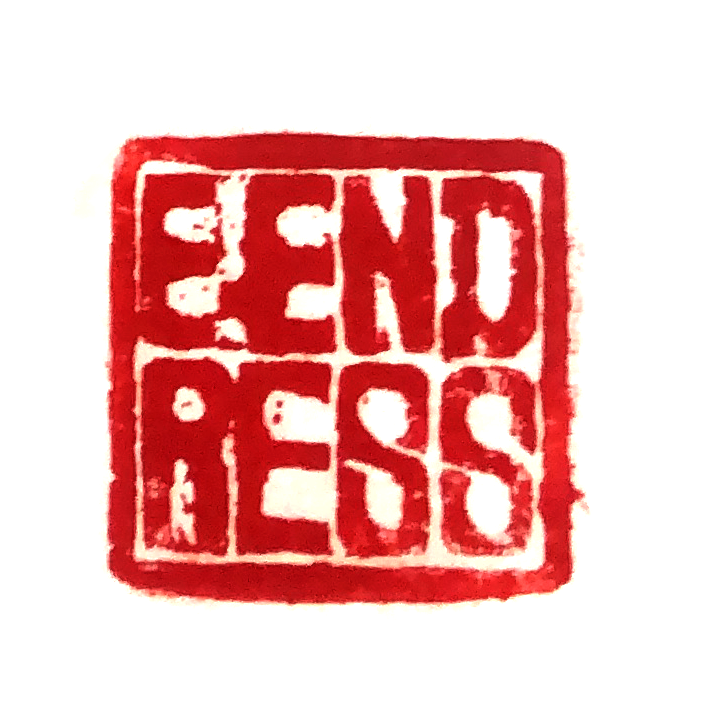
BonDieuBon Project
a collabotive project with Lori Lee
:: Preface // Bon Dieu Bon
Text written as part of the Creative Capital Grant
An abandoned backpack found on a beach in St. John, one of the U.S. Virgin Islands, provides both material and inspiration for Edgar Endress and Lori Lee’s Creative Capital video project, Carry On. Discovered on shore not far from a 2002 dig in which Lee, an anthropological archaeologist, was involved, the backpack had belonged to a young Haitian man seeking a better life in the U.S. It contained an assortment of personal items, from correspondence and clothing to toiletries and audiotapes. The pack’s owner was part of a continuous stream of migrants who use the U.S. Virgin Islands as a jumping-off point. “People would swim to shore and change their wet clothes,” Endress says, leaving behind the things they’d brought with them on the journey. Endress and Lee started to collect these items and photograph them. They learned that such possessions were deliberately discarded by illegal immigrants from as far away as China and as close as Haiti and the Dominican Republic. Casting off items from the “old world,” as it were, meant the voyager could travel more easily. At the same time, this act of abandonment resonated with the symbolism of starting afresh. Endress is himself an immigrant—from Chile—and at the time of the backpack’s discovery, his own status was uncertain, as his application for permanent-residency status was still being processed. (It’s since been approved.) He understands what it’s like to stand at the margins of society, and to reconfigure one’s identity so as to fit in. On St. John, for instance, while Lee worked as an archaeologist, Endress labored as a house painter alongside undocumented persons. He and Lee hope to find the backpack’s owner—whom they have aptly named Ulysses—wherever he may be in the Haitian diaspora, and to return his belongings to him. It’s a near-impossible task, but the two are undaunted. To contextualize his identity and uncover some leads, Endress is planning a trip to Ulysses’ home town in southern Haiti in early 2006. Due to that country’s near-anarchic conditions following the ouster of President Aristide, the trip is fraught with risk. But Endress regards Ulysses as a potential collaborator, stressing that it’s crucial to ask his permission to use his material. If the pack’s owner can’t be found, or refuses permission to document his migratory life, Endress and Lee will fictionalize the events. But the fictionalization, Endress emphasizes, “will happen over there, on the spot”—a kind of cinema vérité, inspired in part by the work of innovative documentarians Jean Rouch and Juan Downey, who use alternative approaches to narration and the task of “framing the ‘other.’” Whatever mode Endress and Lee adopt, the video will be “about the process of humans moving through different sites, about reconstructing a person’s identity.” As Endress puts it, people tend “to simplify migration as a unilateral issue, as simply a matter of economics. Haiti, for instance, has a weird status” in terms of U.S. immigration policy. “Sometimes Haitians can come as economic refugees, sometimes not. And of course, there is racism involved.” Not to mention ideology: refugees from Castro’s Cuba, for example, face no such legal ambivalence. Endress and Lee have been working together creatively since 2001 when they began this project. The combination of their different vantage points (scientific and artistic) provides this project with multiple layers of meaning. Endress explored similar themes in his 2005 installation, Passage, at the Akademie Schloss Solitude in Stuttgart, Germany. The installation involved a video projector, 17 slide projectors, 1,360 slides, and 170 still images—what he describes as “a collective manifestation” of one of the enduring phenomena of our times: the mass movement of people globally. Through Carry On, Endress and Lee hope to further the understanding of illegal immigration and its significance in our lives, this time by giving it an individual face.

